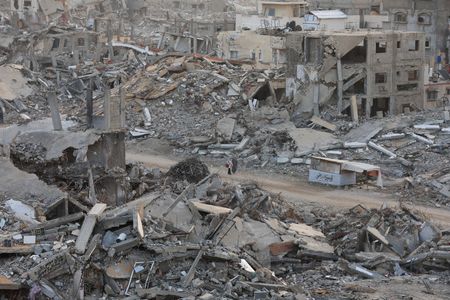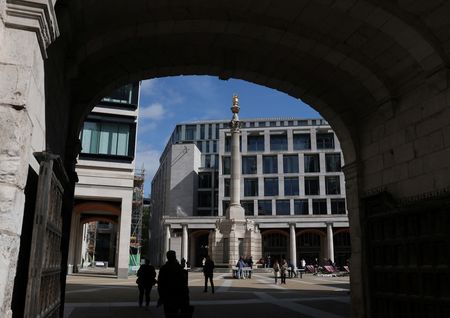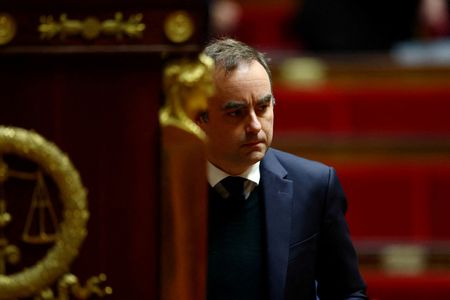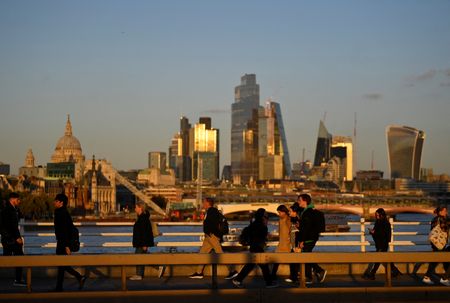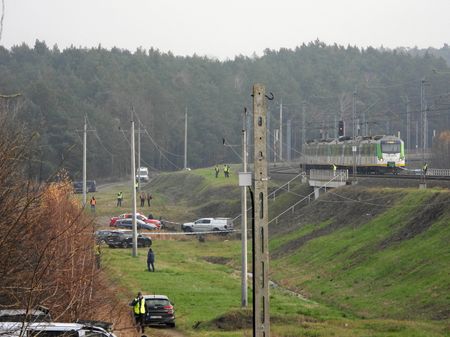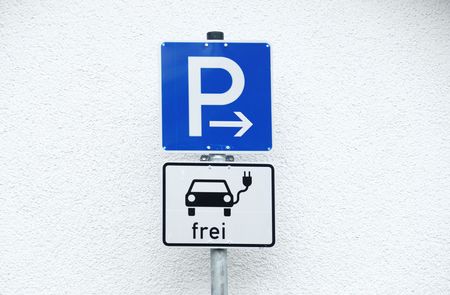By Nidal al-Mughrabi and Alexander Cornwell
CAIRO/JERUSALEM (Reuters) -Israeli forces killed three Palestinians in Gaza near the line demarcating areas of Israeli control on Monday, underlining the struggle to broaden a fragile ceasefire deal approved over six weeks ago to global acclaim.
Palestinian medics said Monday’s incidents involved an Israeli drone firing a missile at a group of people east of Khan Younis, killing two and wounding another, and a tank shell killing a person on the eastern side of Gaza City.
Israel’s military said it had fired after identifying what it called “terrorists” crossing the so-called yellow line and approaching its troops, posing an immediate threat to them.
Palestinian militant group Hamas and Israel signed a truce on October 9 halting two years of devastating warfare but the agreement left the most intractable disputes for further talks, freezing the conflict without resolving it.
Both sides have since accused each other of deadly breaches of existing commitments in the agreement and of pushing back against later steps required by U.S. President Donald Trump’s 20-point peace plan for Gaza.
The Gaza Health Ministry said on Monday that at least 342 Palestinians had been killed by Israeli fire since the start of the truce. Israel says three of its soldiers have been killed by militant gunfire in the same period.
Last week, the United Nations Security Council gave formal backing to Trump’s plan, which calls for an interim technocratic Palestinian government in Gaza, overseen by an international “board of peace” and backed by an international security force.
Trump’s plan also requires reform of the Palestinian Authority, based in the Israeli-occupied West Bank.
NEGOTIATIONS
Former British Prime Minister Tony Blair, who helped the U.S. develop the plan and who Trump has said may join the board of peace, met the PA’s deputy leader Hussein al-Sheikh in the West Bank on Sunday.
Sheikh said in a social media post they had discussed developments following the Security Council resolution and requirements for Palestinian self-determination.
Meanwhile a Hamas delegation in Cairo, led by its exiled chief Khalil al-Hayya, held talks with Egyptian officials on exploring the next phase of the ceasefire, according to Hazem Qassem, a Hamas spokesperson in Gaza.
Qassem acknowledged that the path to the second phase of the ceasefire was complex and said the Islamist group had told Egypt, a mediator in the conflict, that Israeli violations were undermining the agreement.
Agreeing on the make-up and mandate of the international security force has been particularly challenging.
Israel has said the multinational force must disarm Hamas, a step the group has so far resisted without Palestinian statehood, which Trump’s plan broadly envisages as the ultimate stage but which Israel has ruled out. Qassem said the force must have a role in keeping Israel’s military away from Palestinian civilians.
“There is complete uncertainty; the Americans haven’t put forward a detailed plan. It is unclear what kind of forces, what their tasks are, what their roles are, and where they will be stationed,” said a Palestinian official close to the Cairo talks who spoke on condition that he was not further identified.
“Any deployment of forces without a political track, without an understanding with all Palestinian factions and powers in Gaza, would complicate things even further.”
(Reporting by Nidal al-Mughrabi in Cairo and Alex Cornwell in Jerusalem; writing by Angus McDowall; editing by Mark Heinrich)

